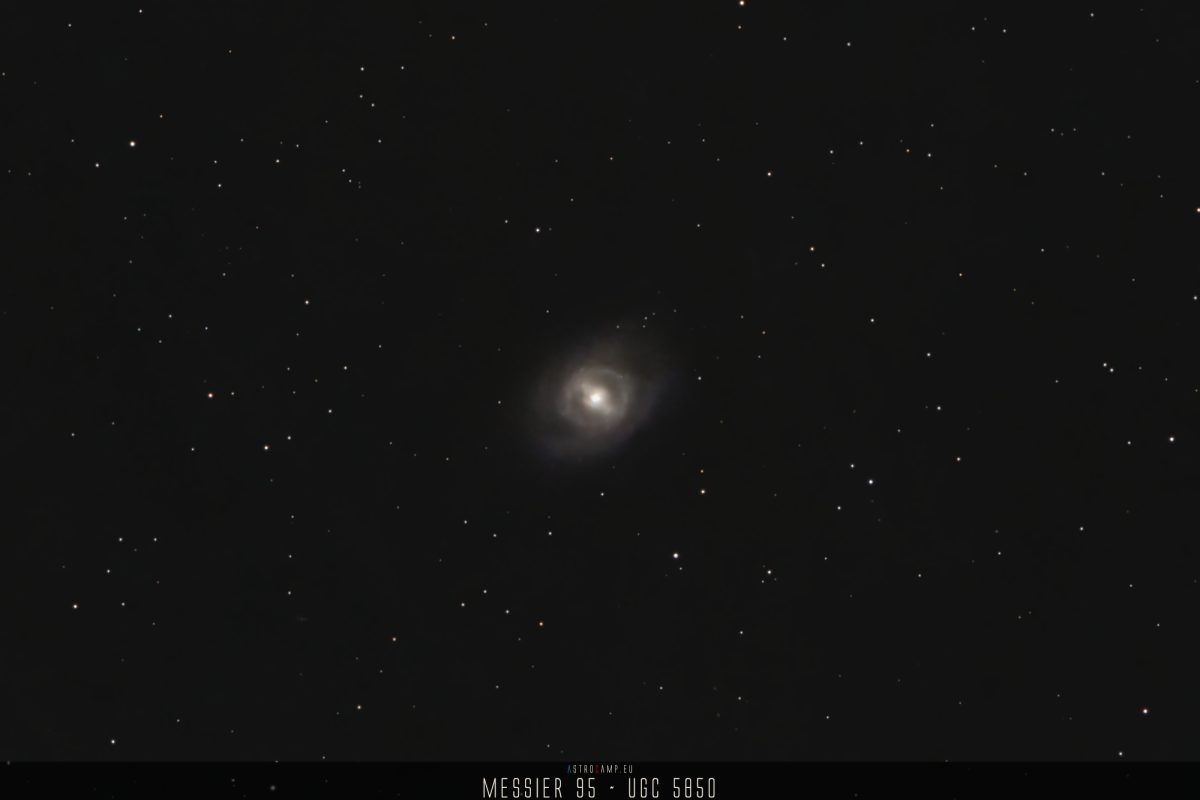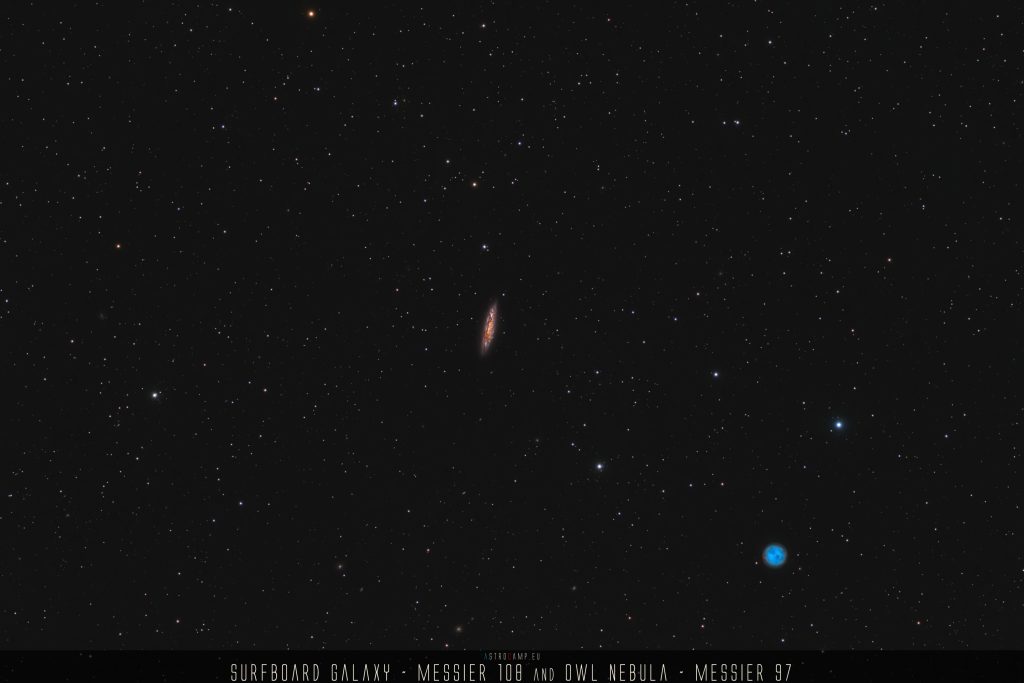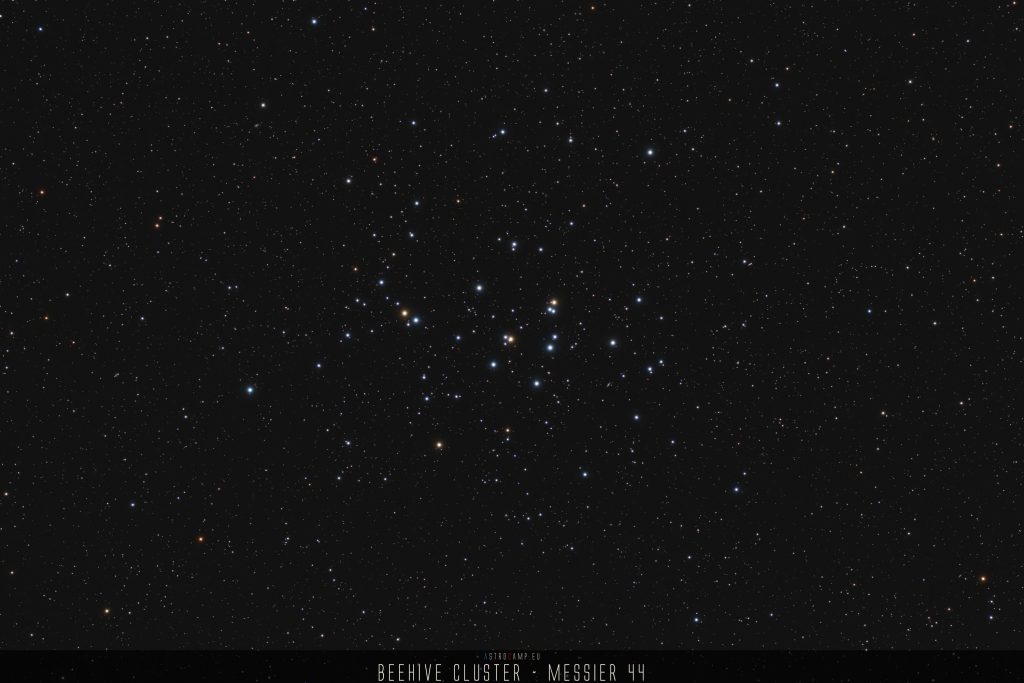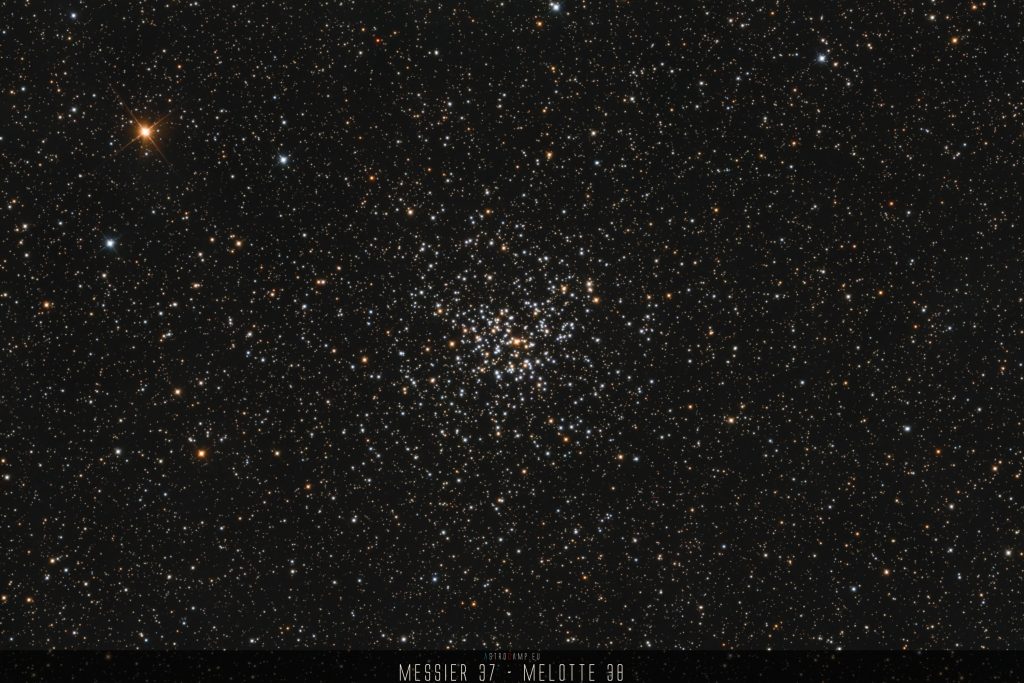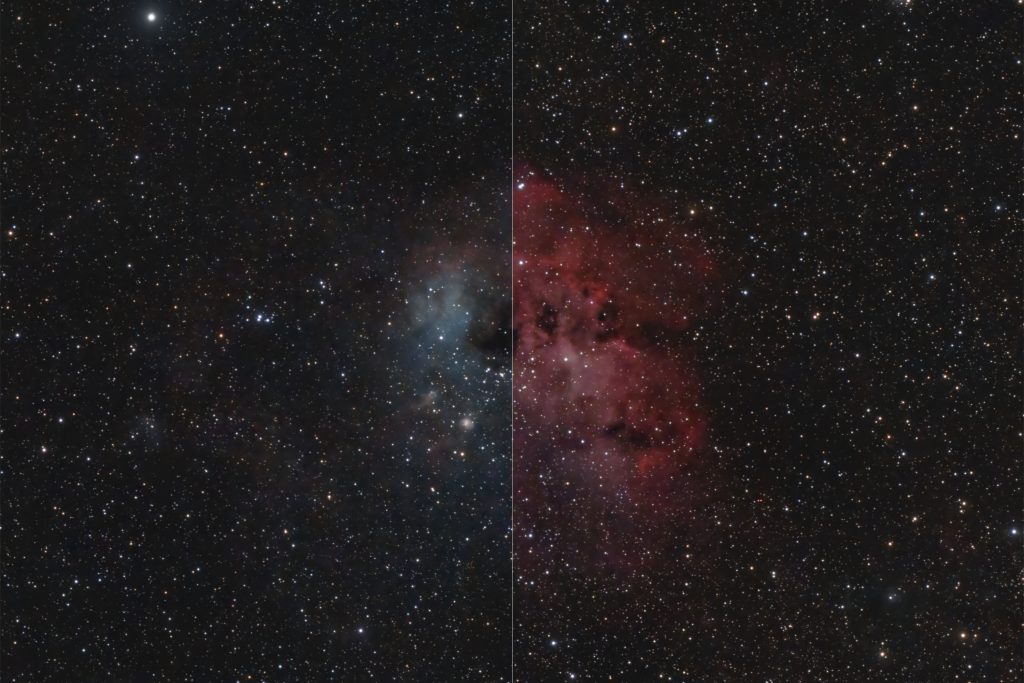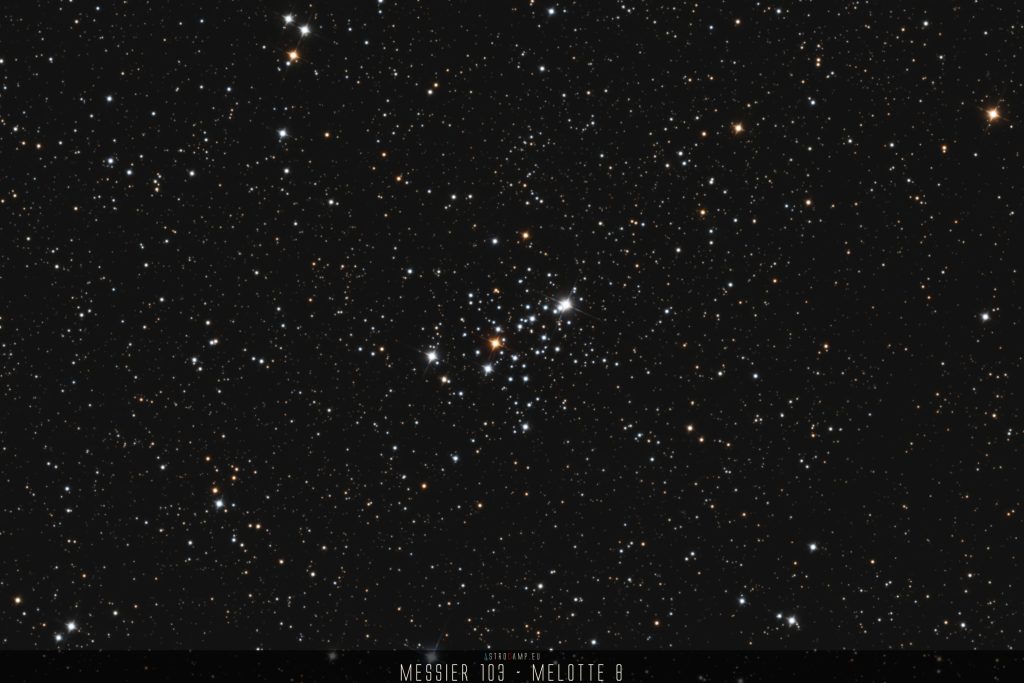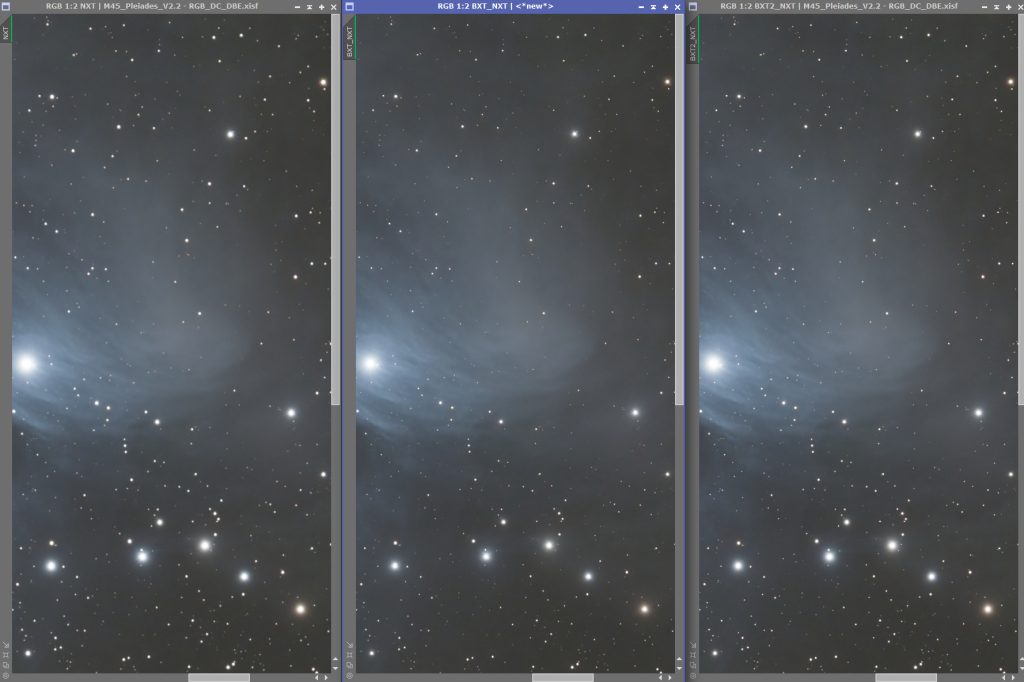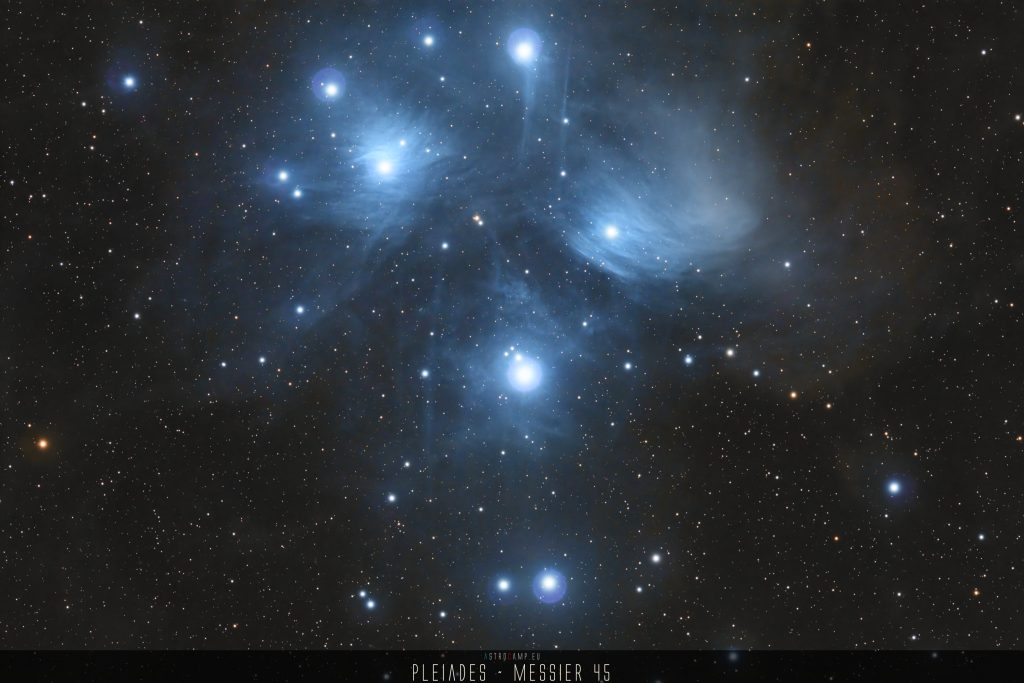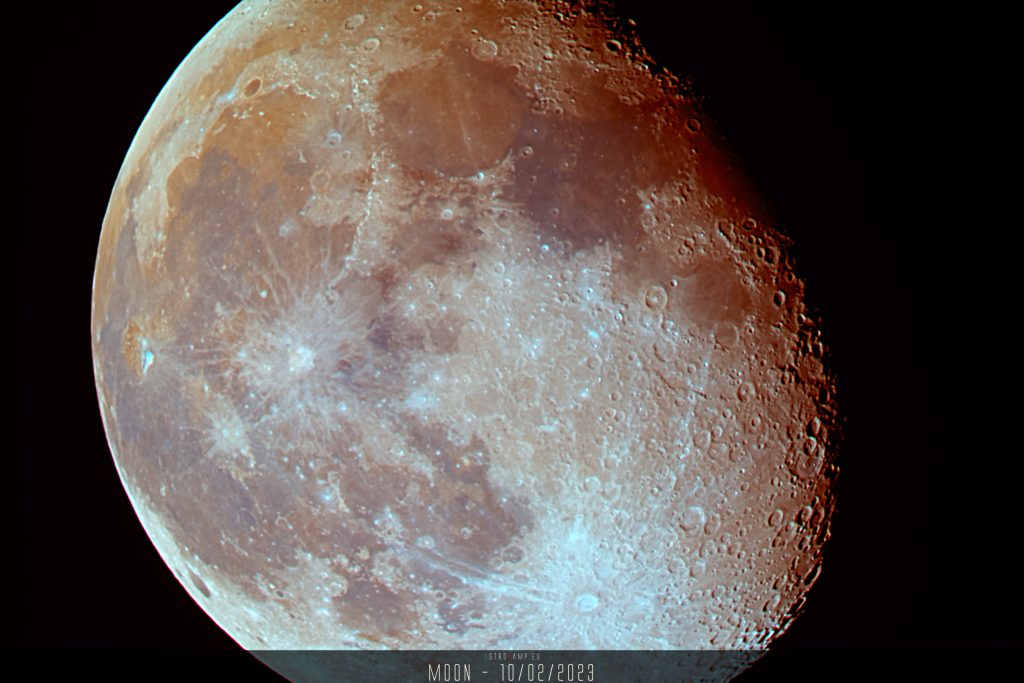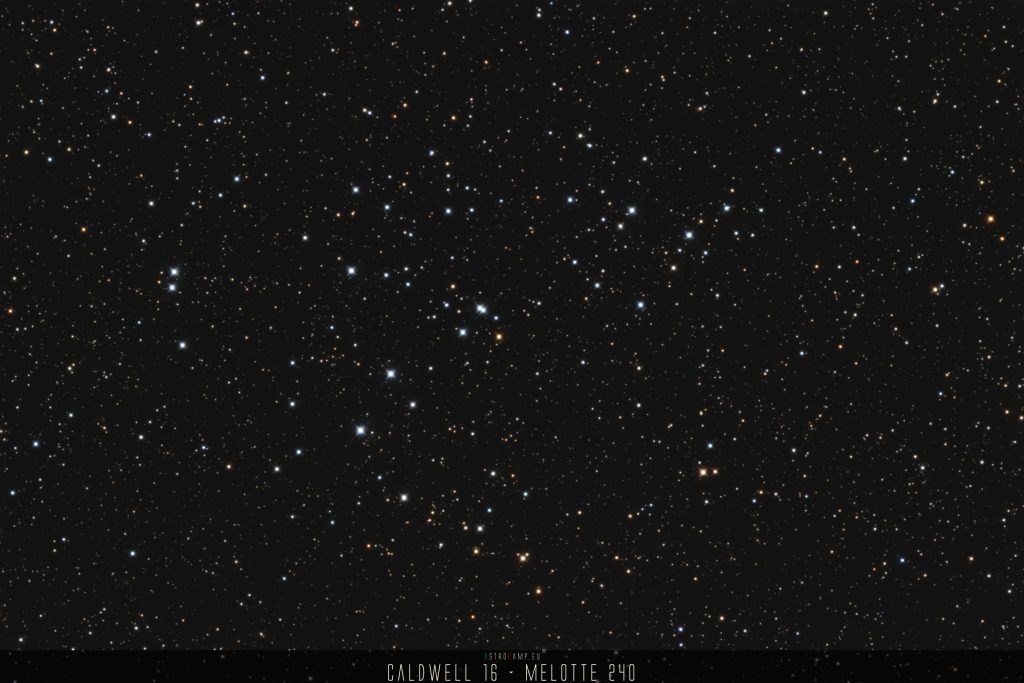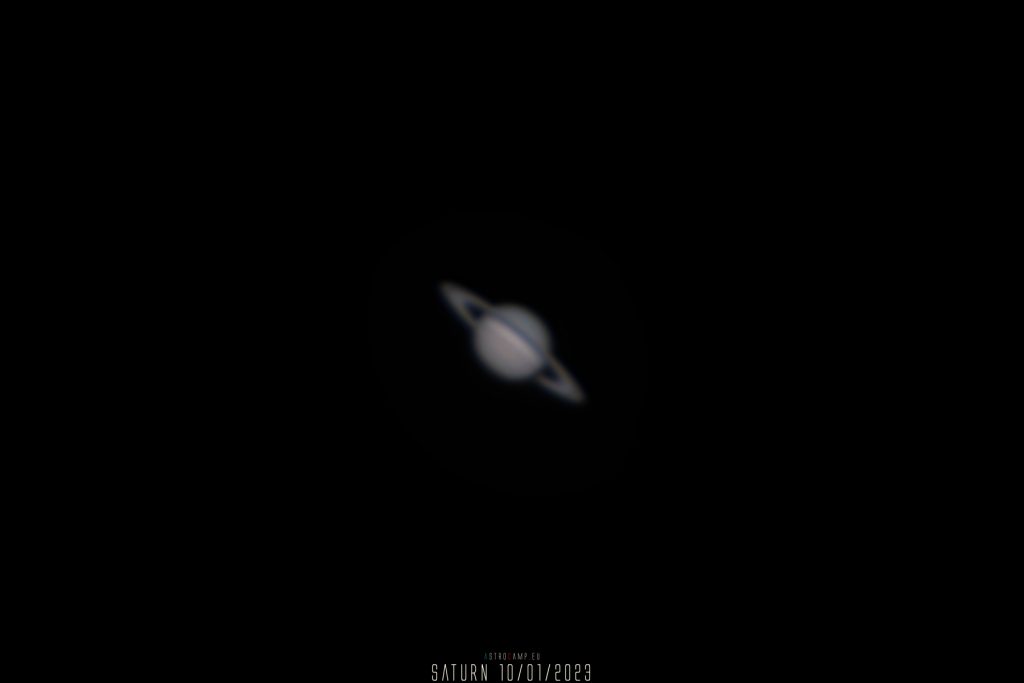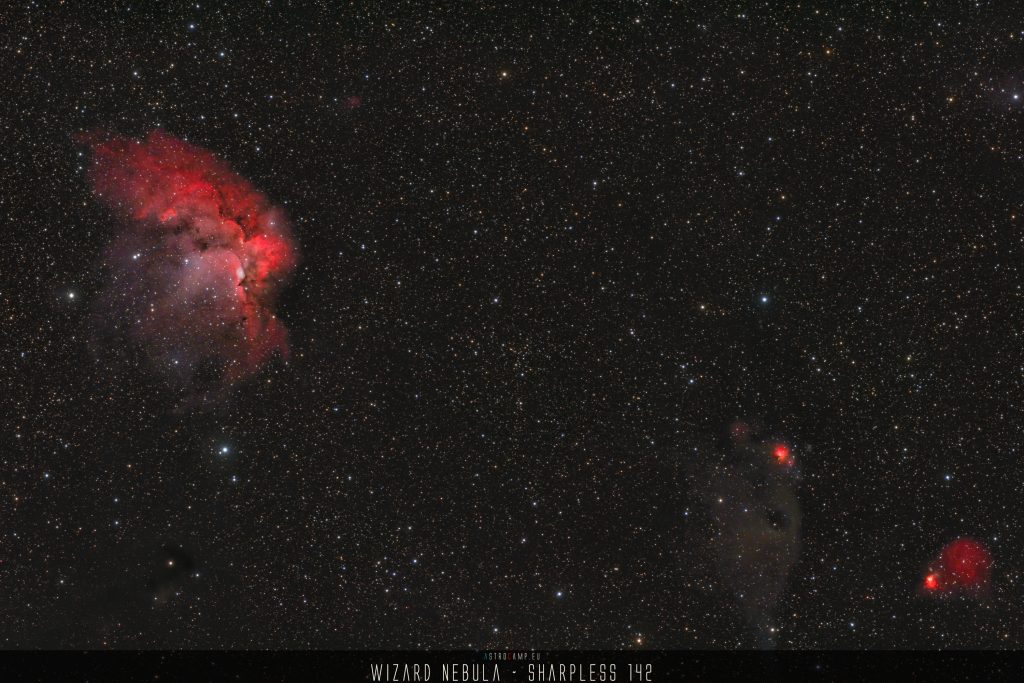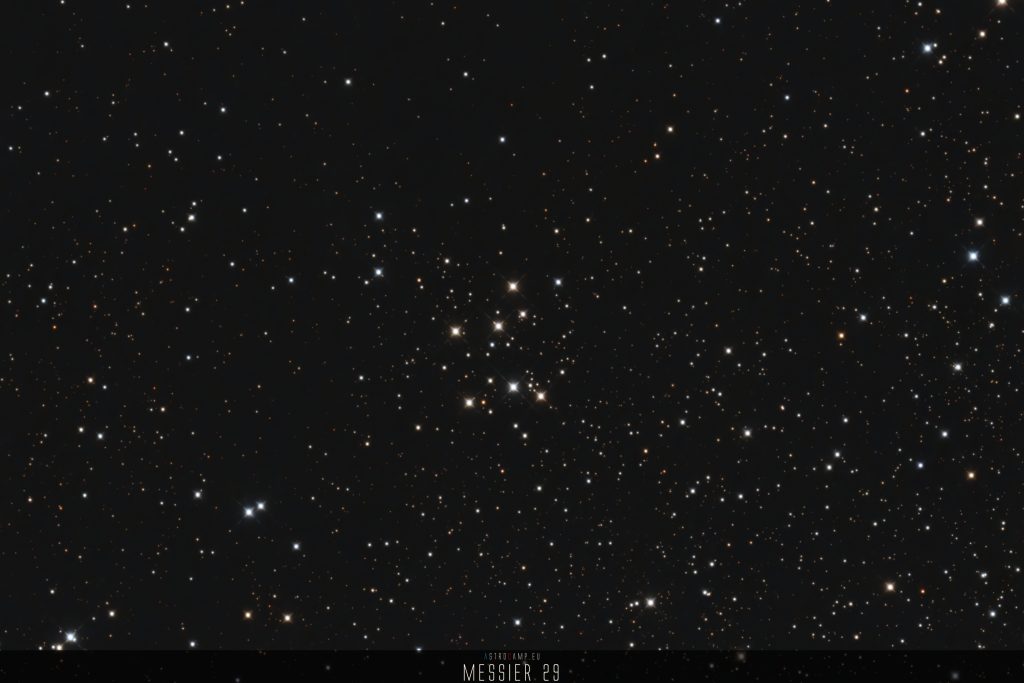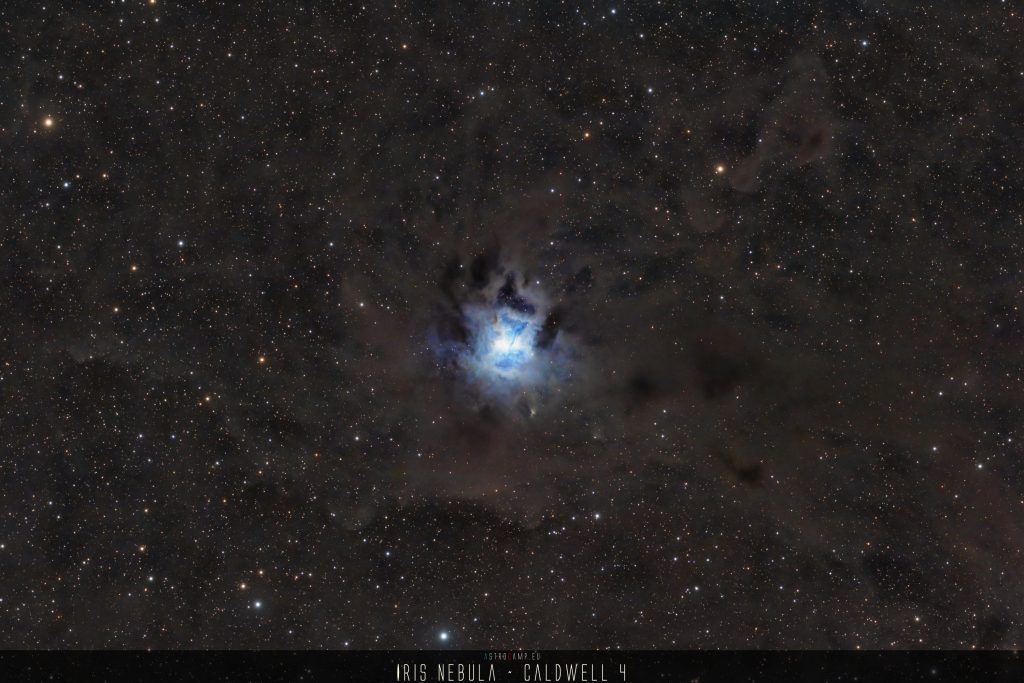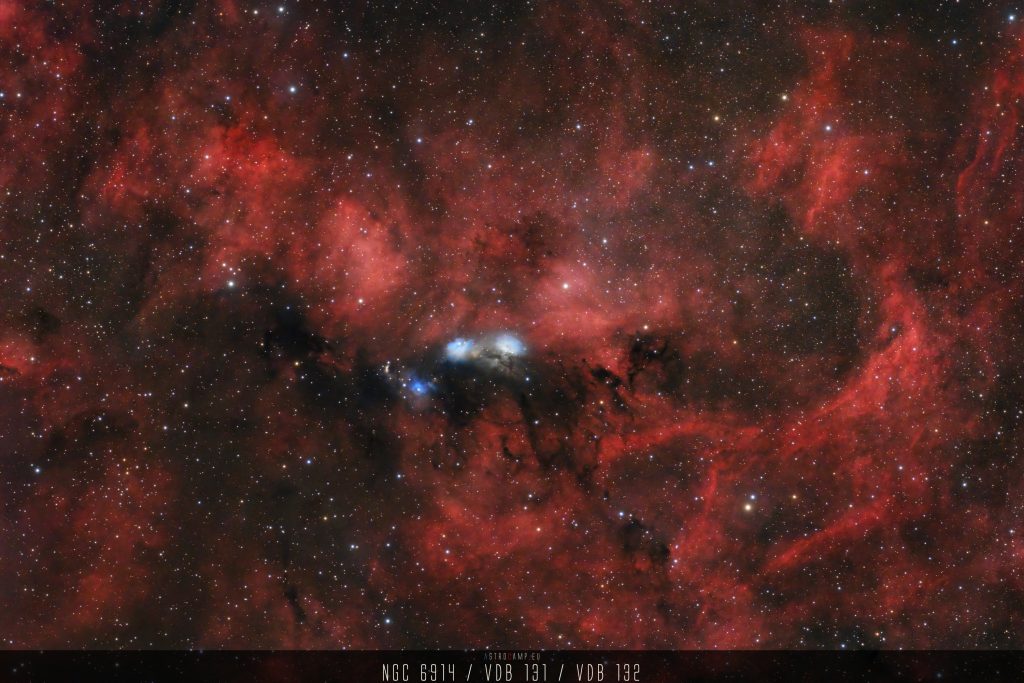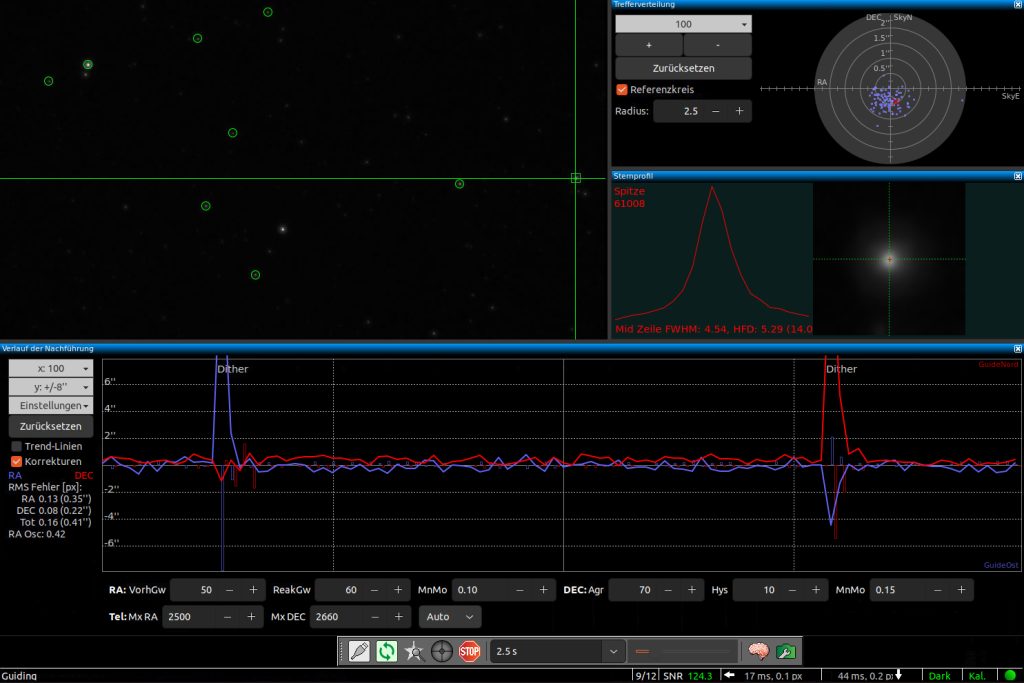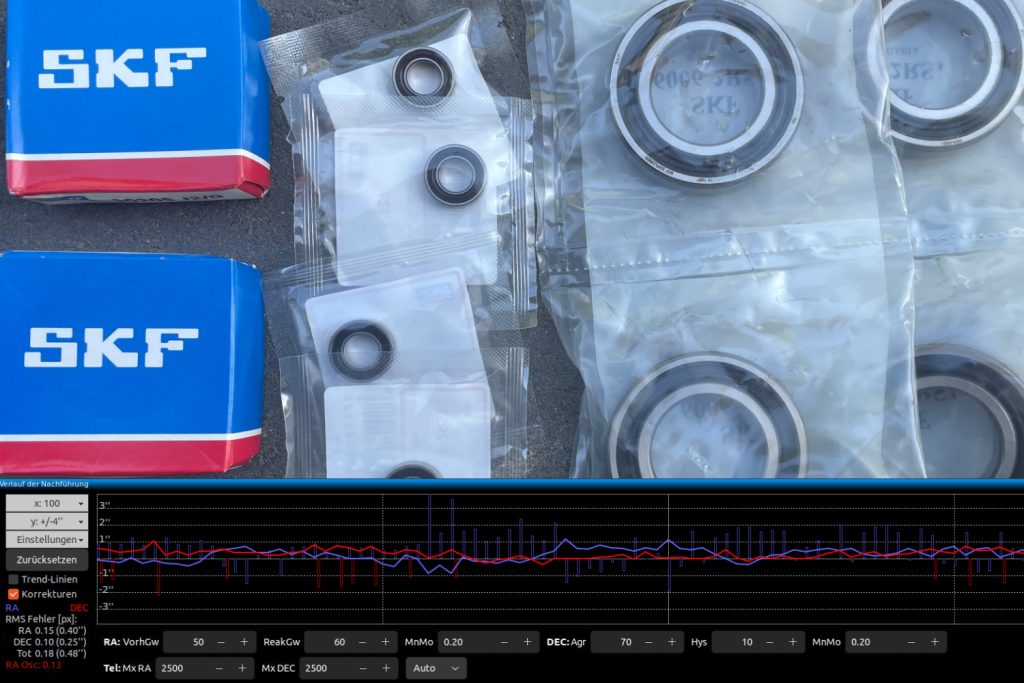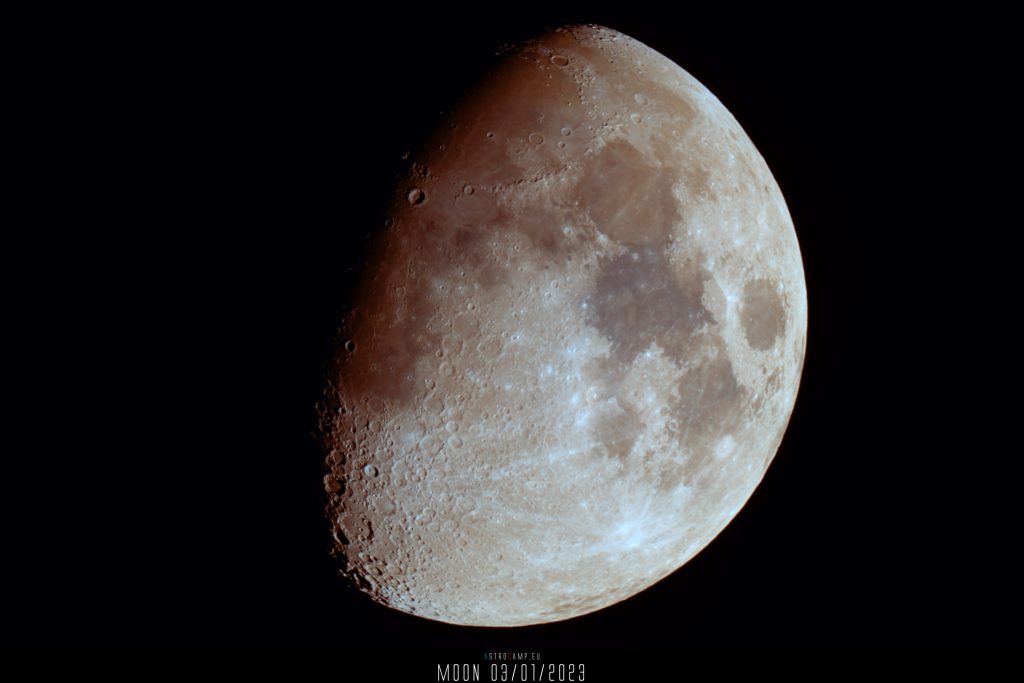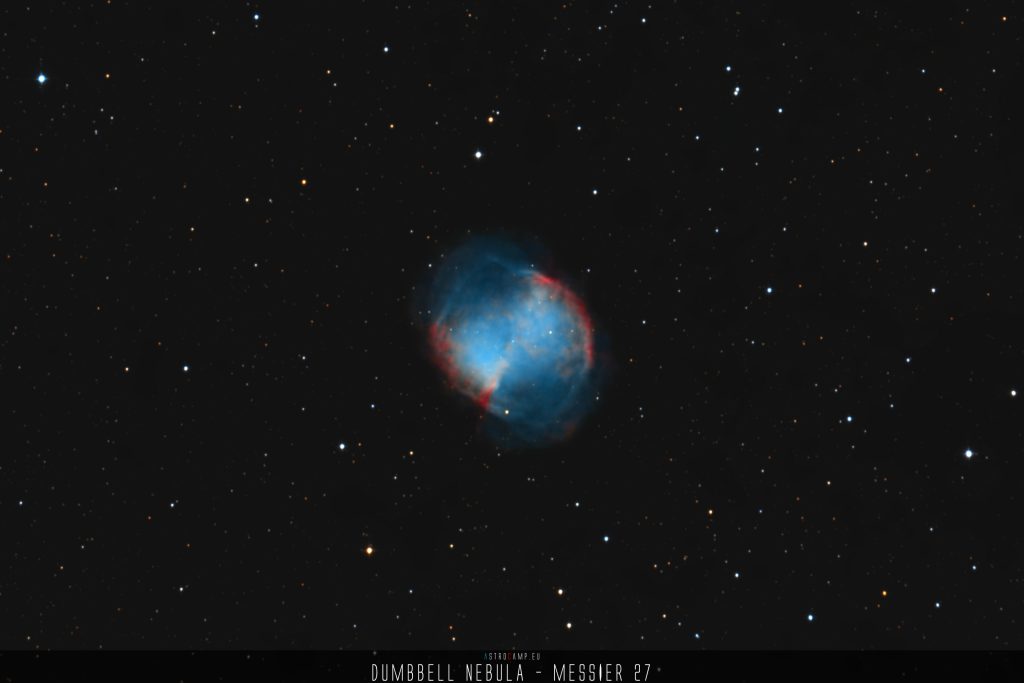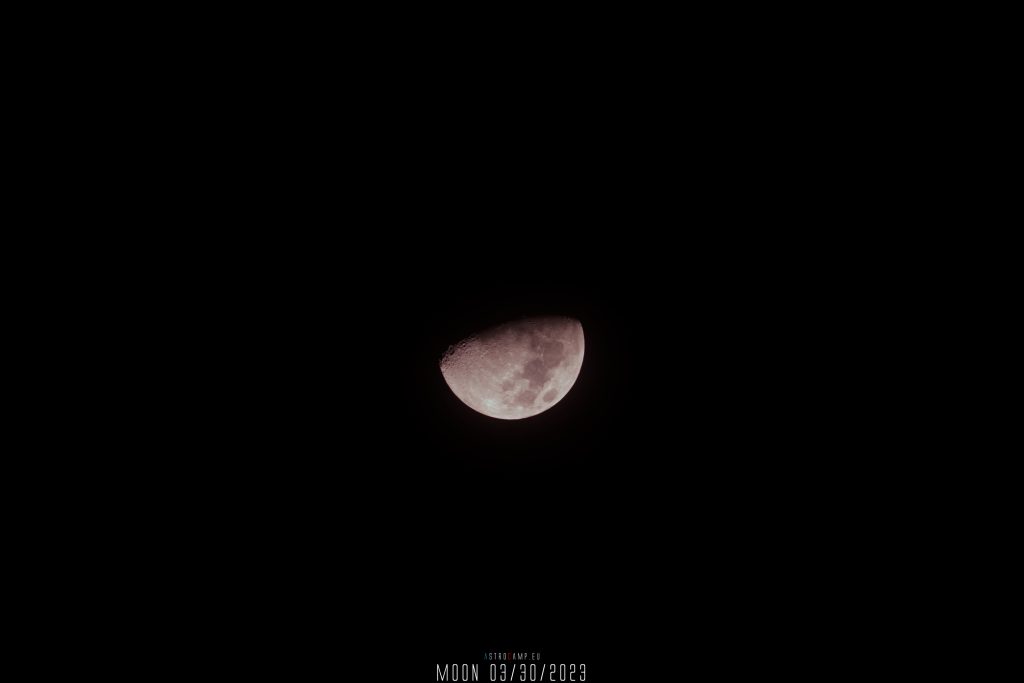Messier 95 is a barred spiral galaxy located approximately 33 million light-years away in the constellation Leo. It is characterized by its tightly wound spiral arms, which contain regions of intense star formation. The galaxy has a bright central bulge and a prominent dust lane running through its disk, giving it a striking appearance in telescopic views. Messier 95 is part of the M96 Group, a small galaxy group that also includes Messier 96 and Messier 105.
Location and neighborhood.
Messier 95 can be found in the constellation of Leo (the Lion). Specifically, it lies in the southeastern part of Leo, near the border with the neighboring constellation of Leo Minor. Its coordinates in the night sky are approximately right ascension 10h 44m and declination +11° 42′.
The cosmic neighborhood of Messier 95 includes several other galaxies, as it is part of the M96 Group, a small galaxy group. This group consists of several galaxies, including the prominent galaxies Messier 95, Messier 96, and Messier 105, along with several smaller dwarf galaxies.
Unique facts
- Messier 95 is classified as a barred spiral galaxy, featuring a distinctive central bar-shaped structure composed of stars and dust.
- Messier 95 is part of the M96 Group, a small galaxy group that also includes other prominent galaxies like Messier 96 and Messier 105.
Brightness and size
Messier 95 has an apparent magnitude of around 9.7, making it visible with binoculars or small telescopes under dark skies.
This galaxy is located at a distance of approximately 33 million light-years from Earth.
The physical size of Messier 95 spans about 70,000 light-years in diameter. This measurement represents the extent of its spiral arms, central bulge, and associated stellar populations.
In terms of angular size, Messier 95 subtends an angle of approximately 3×3 arcminutes in the sky. This measurement indicates the apparent size of the galaxy when viewed from Earth.

